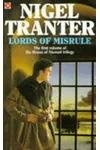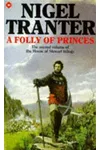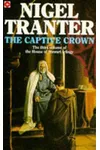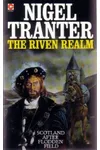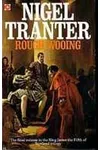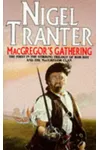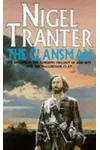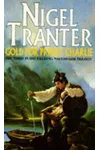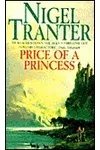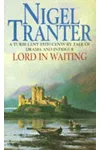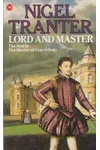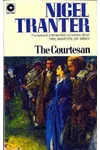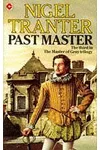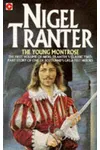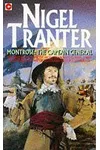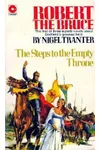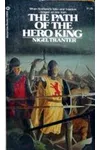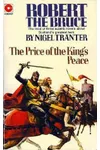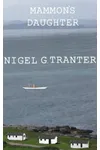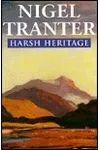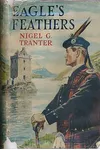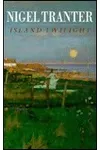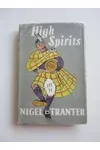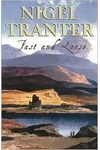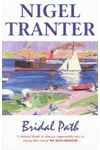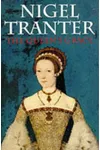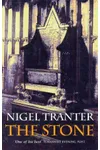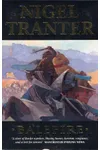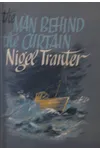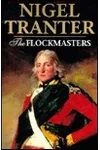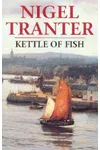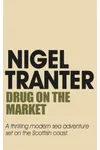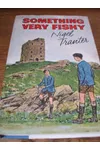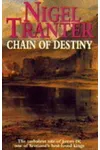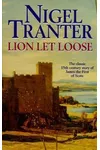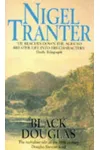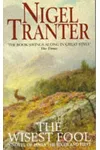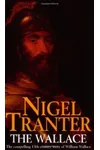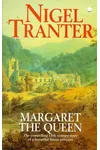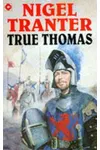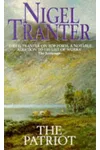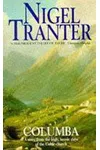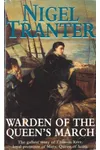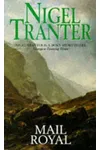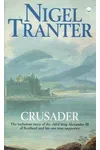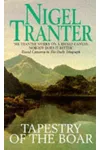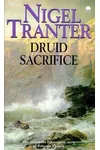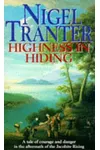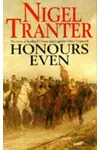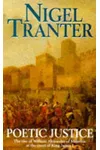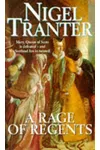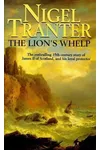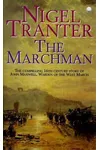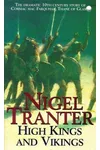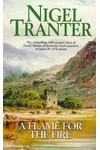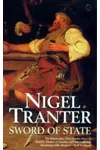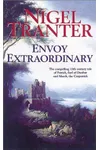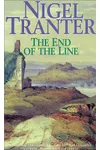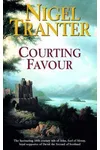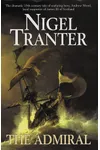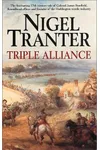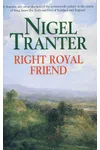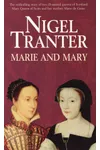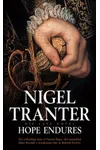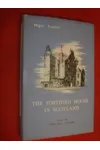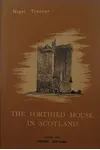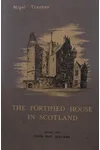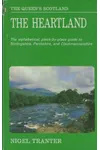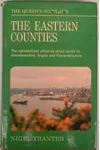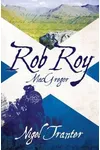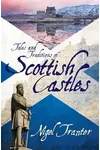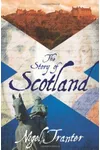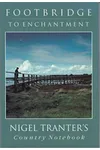Picture a Scottish storyteller who spun tales of clans, castles, and kings, bringing Scotland’s vibrant past to life—meet Nigel Tranter! Born in 1909, this prolific author and historian penned over 100 books, blending meticulous research with a passion for his homeland’s history. From novels that breathe life into figures like Robert the Bruce to detailed studies of Scottish castles, Tranter’s work remains a treasure trove for history buffs and story lovers alike.
With a career spanning over six decades, Tranter didn’t just write history—he lived it, helping restore over 60 Scottish castles and championing devolution. His storytelling, infused with a proud Scottish spirit, invites readers to wander the misty moors and rugged keeps of Scotland’s past. Let’s dive into the life and legacy of this literary legend!
The Making of Nigel Tranter
Nigel Tranter was born on November 23, 1909, in Glasgow, Scotland, and grew up with a fascination for castles, sketching their towers as a boy. Educated at George Heriot’s School in Edinburgh, he trained as an accountant but found his true calling in storytelling. Encouraged by his wife, May Jean Campbell Grieve, whom he married in 1933, Tranter published his first book, The Fortalices and Early Mansions of Southern Scotland, at age 25. Despite serving in the Royal Artillery during World War II, he kept writing, laying the foundation for a remarkable career.
Nigel Tranter’s Unforgettable Stories
Tranter’s historical novels are his crown jewels, blending rigorous research with vivid storytelling. His Bruce Trilogy (1969–1971) brings Robert the Bruce’s fight for Scottish independence to life, capturing the political intrigue and battle heroics with gripping detail. The Queen’s Grace (1953) explores Mary, Queen of Scots, with a touch of fiction that evolved into near-historical accuracy in later works like the MacGregor Trilogy (1957–1962). His knack for turning historical figures into relatable characters made Scottish history accessible and thrilling.
Beyond novels, Tranter’s non-fiction shines. The Fortified House in Scotland, a five-volume series (1962–1970), meticulously documents over 650 castles, complete with his own sketches. The Story of Scotland (1987) offers a lively overview of 1,500 years of history, proving Tranter could make facts as engaging as fiction. His strong Scottish identity weaves through every page, celebrating his nation’s heritage.
Tranter’s style is immersive yet grounded, with vivid landscapes and authentic details—like Highland shielings or castle architecture—that transport readers. While his focus on battles and politics overshadows romance, his novels, like the Master of Gray Trilogy (1961–1965), pulse with courtly intrigue and swashbuckling adventure, earning praise from fans like George R.R. Martin.
Why Nigel Tranter Matters
Nigel Tranter’s impact stretches far beyond the page. His novels educated generations about Scotland’s past, making history feel alive and personal. His work inspired modern historical fiction, influencing authors like Martin, who drew on Tranter’s rich detail for A Song of Ice and Fire. Tranter’s castle restoration efforts, including Fa’side and Menstrie Castles, preserved Scotland’s architectural heritage, while his advocacy for devolution reflected his belief in Scottish self-determination.
When Tranter died in 2000 at age 90, he left behind a legacy of storytelling and stewardship. Eight novels, including Hope Endures (2005), were published posthumously, a testament to his tireless work ethic. Today, his books remain a gateway to Scotland’s soul, inviting readers to explore its history and heroes.
- Born: November 23, 1909, Glasgow, Scotland
- Key Works: Bruce Trilogy, The Fortified House in Scotland, The Story of Scotland
- Awards: OBE for literature (1983), Scot of the Year (1989)
- Died: January 9, 2000, Gullane, Scotland
Ready to roam Scotland’s past? Grab The Bruce Trilogy and dive into Nigel Tranter’s epic world of history and heroism!
